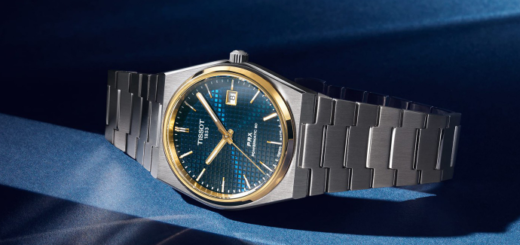When ten thousandths of a second matter – Tissot replica at the Tour de France
Today marks the start of another year of the famous Tour de France cycling race, in which winning sometimes means being just ten thousandths of a second faster than your rivals. Competitors usually cover around 3,500 km in the fight for the title, at an average speed of around 40 km/h! replica watches uk
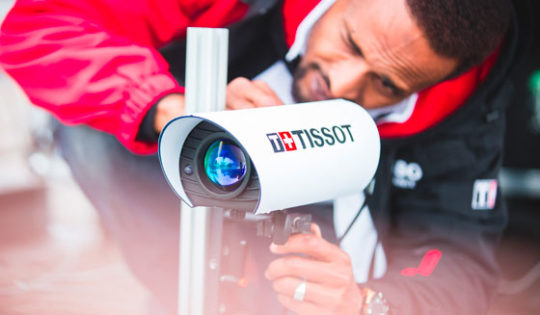
This year, it will reach the finish line in Paris’ Champs-Élysées on July 29. Although the most attention is understandably usually devoted to the fight for the yellow jersey of the leading rider. And the fight for the overall championship, the watch enthusiast will surely notice that the official timekeeper of the event is again the Tissot replica brand. In the following text, you will learn about how difficult and extremely exacting a task he is taking on. Although the Swiss town of Corgémont may seem like a peaceful and idyllic place surrounded by mountains. Inside the center of Swiss Timing (Swiss Timing, under the Swatch Group banner, has a branch in Liberec, by the way). The timekeeping team has been testing the microscopic accuracy of its measuring devices again and again for weeks.
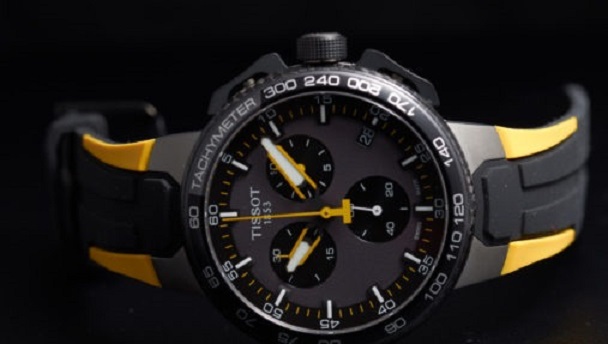
It’s going to be sharp soon, and failure is impossible. Sprinter finishes and fights are an attractive and popular spectacle for spectators. But who actually won? This is precisely what the measuring devices and the statements of the timekeepers decide.
The responsibility is huge. During the final sprint, when the finish line is already in sight. Cyclists often travel at speeds of around 70 km/h or more, and in close proximity. Let me go back to the seventh stage of last year’s Tour. Two cyclists – Marcel Kittel and Edvald Boasson Hagen – rush to the finish line at a dizzying speed of around 75 km/h. Cross the target. To the naked eye, it seems that at exactly the same moment. Television cameras, even when replayed frame by frame, are not able to conclusively decide which of the cyclists will take home the trophy. The team in the specially modified truck is clear. A total of roughly two tons of precision technology in perfect harmony will allow them to announce the winner. He is Marcel Kittel by 0.0003 seconds!
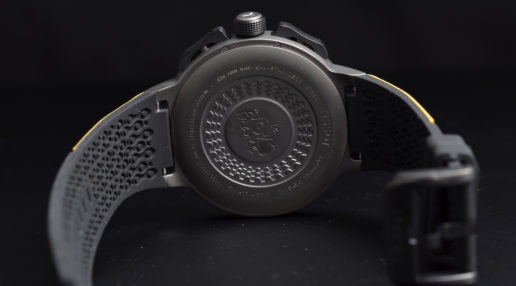
The target camera is decisive. It can take a full 10,000 photos in a second, and the Tissot team can say that this time the winner and loser are only 5mm apart at around 75km/h. Within 30 seconds of this dramatic finale of the race, which lasted 5 hours, the timekeepers also provide the judges with the order of the others at the finish line and the order in the battle for individual jerseys.
A target camera is a special device with a vertical shutter that captures a single image point (pixel). Imagine you are sitting in an office. Measurements with such a camera can be compared to a single flash of light passing through closed blinds. If a car passes by the window, you will see the front bumper in the narrow gap. This camera is locked on the target line with absolute precision. At the speeds of today’s bicycles, it is necessary to work with an accuracy of up to half a millimeter!
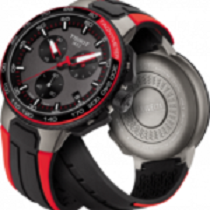
In short, Tissot is at the cutting edge of timekeeping technology. The company returned to measuring the Tour de France in 2016 and this year is already providing timekeeping at such other races as the Vuelta a España, Paris–Nice, Paris–Roubaix, Paris–Tours or the Critérium du Dauphiné.
To celebrate such a huge success, the company presented a series of T-Race Cycling replica watches, in a total of 7 color combinations. Of course, the yellow Tour de France and the red Vuelta a España must not be missing. The watch has a surprisingly flexible silicone strap and its details refer to racing bicycles. They have chain links embossed from the bottom of the strap, an engraved cassette and race logo on the pumpkin, carbon bezel surrounds or stopwatch buttons that are strikingly reminiscent of brake levers in shape and operation.
